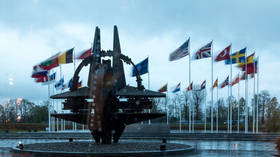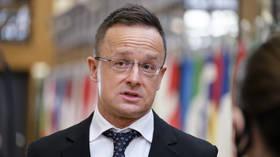Thaw looming? North and South Korea begin tearing down guard posts at the border
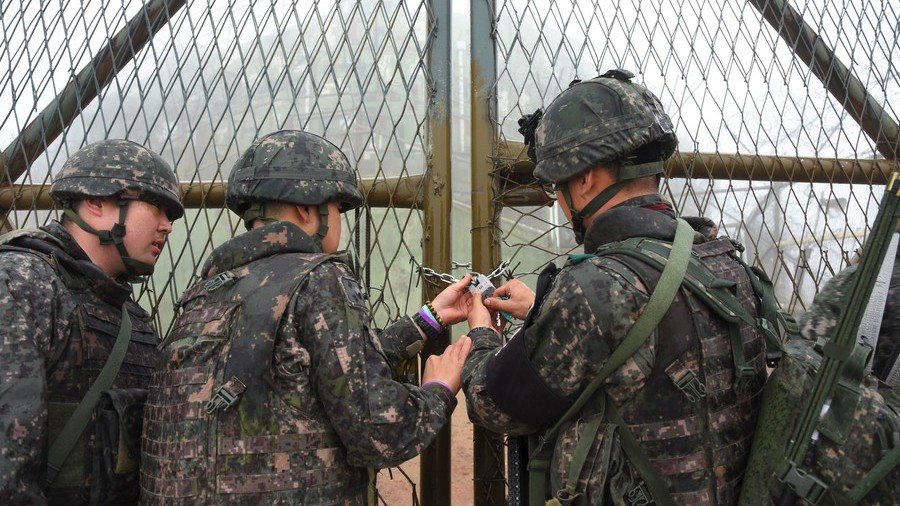
Soldiers from North and South Korea are beginning to actually demilitarize the demilitarized zone, tearing down guard towers that symbolize the peninsula’s division.
On Sunday, soldiers from both sides of the DMZ began to disassemble 20 frontline guard posts along the highly fortified and historically tense border. The de-escalation gesture of removing the guards, weaponry and now the structures themselves was jointly agreed upon by generals from the two Koreas’ armies in late October in an effort to meet goals set during September’s meeting between South Korean President Moon Jae-in and North Korean Supreme Leader Kim Jong-un.
While the militaries initially agreed to the removal of 22 guard posts, it was later decided that each side would leave one of these up, without weaponry. The North Koreans are believed to be preserving the guard tower where Kim Jong-un had once been, according to Yonhap.
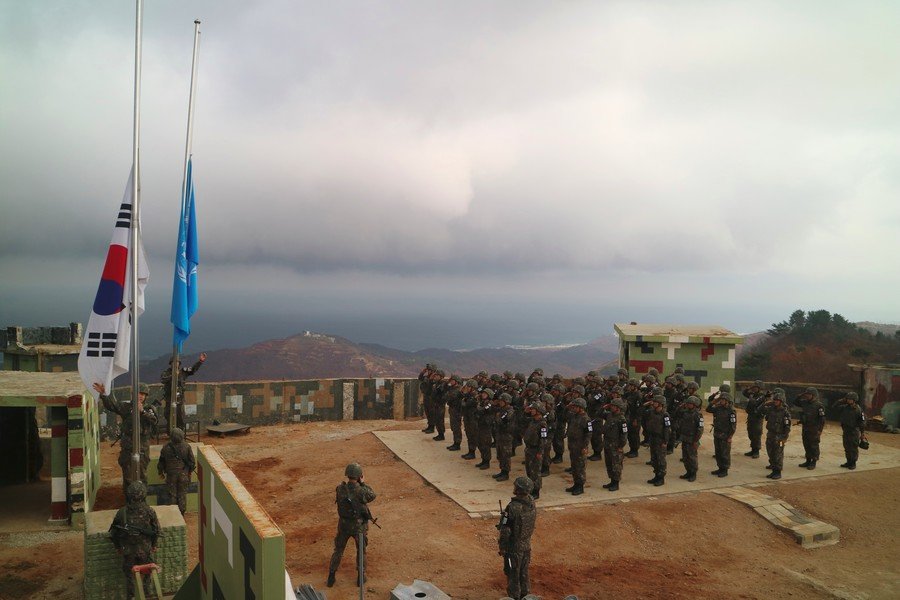
While some progress is being made, there remains a lot of work to do if the two sides hope to disarm along the 38th parallel. South Korea’s side is said to have a total of 60 such guard posts, whereas North Korea has 160. The border between the two is one of the most heavily armed areas in the world.
Along with the removal of the posts, the generals also agreed to strive for joint use of the Han River estuary on the Western border of the peninsula, which would allow civilian ships to pass through the neutral waters for the first time since 1953.
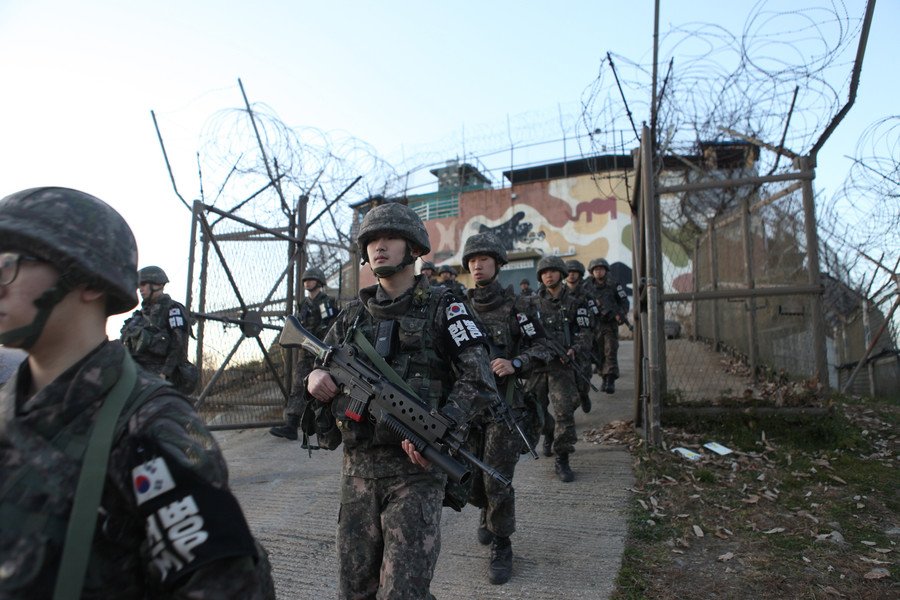
The Koreas have been hard at work making the most of the diplomatic thaw which followed Moon Jae-in’s election as president of South Korea in May of last year, hosting three inter-Korean summits where the countries’ leadership met. In May, the two sides tore down loudspeakers which they had earlier used to broadcast propaganda across the border, and in October they began the arduous practice of removing the numerous land mines from the Joint Security Area in Panmunjom.
READ MORE: N. Korea vows denuclearization within Trump’s 1st term amid stalled talks with US – Seoul
While relations between Pyongyang and Seoul improve, the almost-friendship between Kim and US President Donald Trump seems to be fizzling out. With Washington blocking every attempt to alleviate sanctions in early November, the North Koreans canceled a scheduled meeting with Secretary of State Mike Pompeo. Trump has been obstinate that Washington won’t budge on sanctions until North Korea achieves “complete denuclearization.”
Think your friends would be interested? Share this story!



